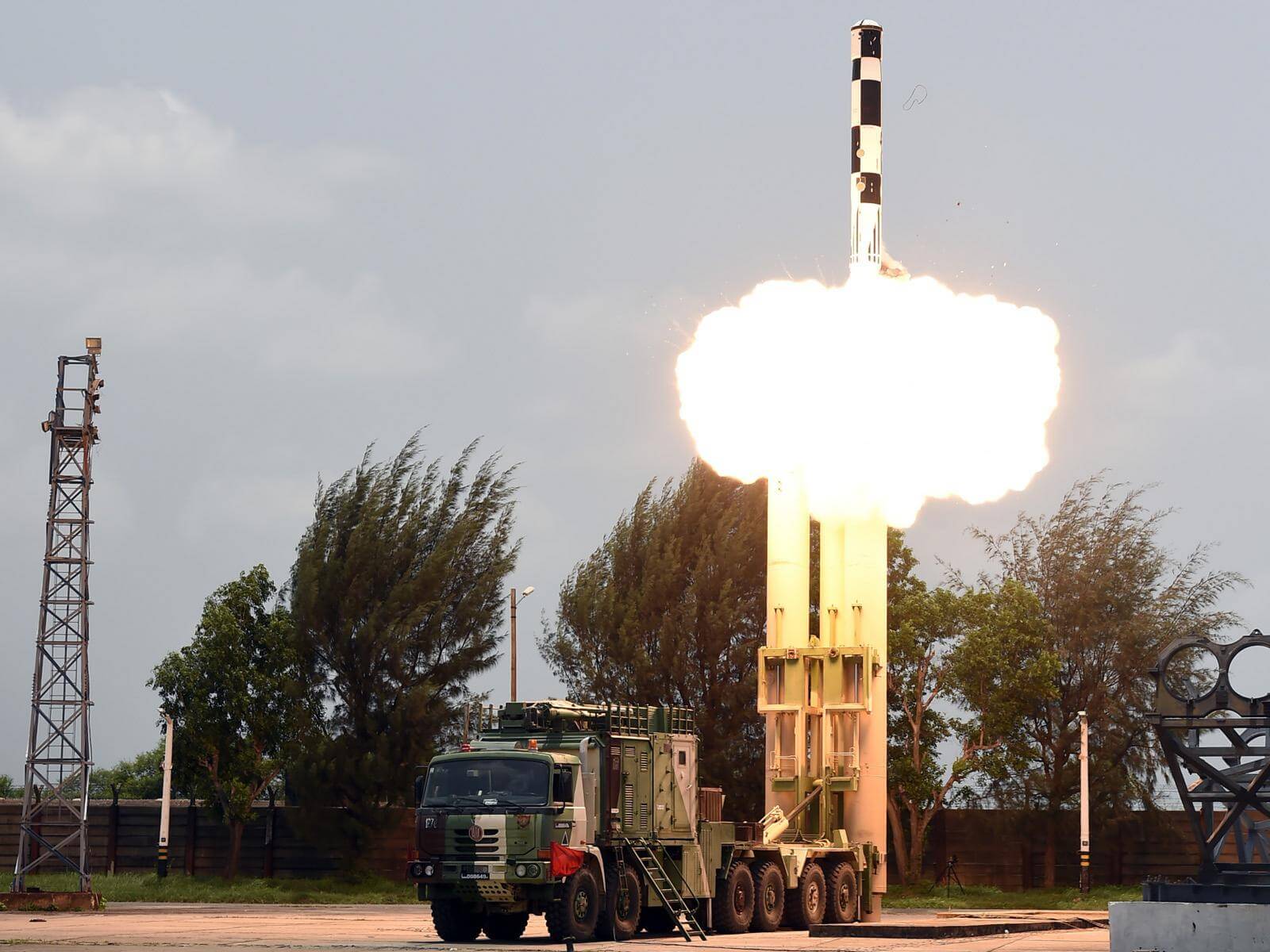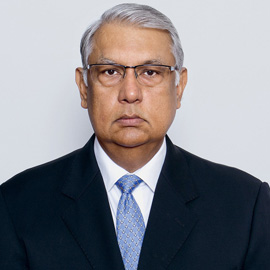
BrahMos Missile Sale – A Rubicon Crossed

The undercurrents buffeting the international order are gathering momentum. The so-called liberal international order ended two decades ago. The post-Cold War era has also ended, with the current geopolitical trend defined by the economic rise of China and her aggressive expansionist policies. Whether the new international order will be based on a multipolar architecture or a plurilateral architecture that provides stability, is still work in progress. The most potent driver of this restructuring of the international order is China’s attempt to create an alternative one, in which China is the global hegemon or at the least a rival one to USA, with vassal states in her orbit.
China has so far succeeded in creating considerable security concern in East Asia by her belligerent actions in the South China Sea [SCS], in pursuit of her hegemonic ambition. This has led to a critical mass of countries who all have decided that future threats to their countries emanate from China. This situation has set in motion countervailing trends. It is instructive to analyse these geopolitical trends by following strategic high technology weapons transfers from one country to another.
China’s transfers of high-tech weapons to Pakistan are well documented. The China-Pakistan strategic nexus started soon after the 1962 India-China war and has today solidified to an extent that these two countries call each other “iron brothers”. The reality though, is that Pakistan is now a vassal state. The underlying geopolitical reason for this nexus is clearly to target India and an expression of the Kautilyan policy of “my enemy’s enemy is my friend”. It is now widely accepted that China also handed over the nuclear bomb design and nuclear capable missiles to Pakistan and helped North Korea transfer missiles which Pakistan copied to produce her missiles.
The USA had earlier armed Pakistan with high-technology weaponry. The backdrop then was the geopolitical contestation of the Cold War and to a lesser extent, balancing India, an objective partly shared by USA and China then. The Cold War spurred the China-USA partnership, paving the way for China’s rise as an economic power. The wheel of history turns inexorably and USA today is poised against China, as her global rival. USA’s policies against Russia have now led to the China-Russia axis, thereby strengthening China’s hands, in challenging USA in the geopolitical contest currently underway.
The latest transfer of around 40 JF-17 Thunder Block III by China to Pakistan can also be seen in the geopolitical context, arising out China’s aggression against India in Ladakh, and India’s acquisition of the 36 French Dassault Rafale aircraft and the Russian S-400 anti-aircraft system. China is also transferring the multirole J-10C aircraft to Pakistan. The crisis in Ukraine has led to transfer of weaponry by the USA and UK to counter Russia’s massing of troops along the eastern border with Ukraine and also on the western border with Belarus.
India’s EAM Dr S Jaishankar’s visited the Philippines, soon after India finalized the sale of BrahMos missile systems to the Philippines, under a contract worth USD 375 million, the biggest arms deal that India has signed. India is not a major arms exporter and is listed as the 24th largest arms exporter but is known as the one of the top five importer of arms. India has extended a USD 100 million Line of Credit to the Philippines for import of defence equipment. The deal includes training and maintenance services to the Philippine Marines who will deploy the system along the coast. The Philippines wants to upgrade her coastal defence to protect her claim to disputed islands that China has grabbed and seeks to grab more such disputed islands, in violation of international law.
The Philippines and China have been entangled in a territorial dispute since China’s occupation of Mischief Reef in 1992 and the clash over Scarborough Reef in 2012, followed by frequent skirmishes between the China-Philippines naval and coast guard units. Chinese maritime forces have aggressively encroached into EEZs of all ASEAN countries, ignoring the 2016 verdict of the Permanent Court of Arbitration [PCA] which rejected China’s inflated claims of sovereignty, based on the 9-dash line. Hyper-nationalist China, under the leadership of President Xi Jinping, has unilaterally used military force to occupy and militarize contested islands, thereby raising tensions in the Indo-Pacific region.
The Philippines, like all other ASEAN countries around the South China Sea, are being threatened by China’s expansionist and aggressive moves to grab contested islands in the EEZs of these countries. This has sparked off considerable concern among the ASEAN nations who have, hitherto, avoided acquisition of offensive weapon systems which might annoy China. India too had avoided transferring missile systems to ASEAN countries for similar reasons. China’s provocations have now ensured that self-imposed restraints have been discarded and minimal deterrence capabilities are put in place. Deployment of the BrahMos system along the western coastline of the Philippines will overlook the South China sea, where there are several islands and fishing areas that are being encroached by China.
The BrahMos sale signifies the end of India’s strategic hesitation in transferring high-tech weapons to a country in a contested arena. The geopolitical Rubicon has now been crossed. Other major arms transfer in the Indo-Pacific will be the Indonesian decision to acquire the Rafale aircraft. The Philippines sale may encourage Vietnam, Thailand and Indonesia to acquire the BrahMos. The flow of sophisticated weaponry underlines the strategic turbulence that is defining the new normal in the Indo-Pacific. The BrahMos missile system is an India-Russia joint venture and sends a signal to China that despite her growing strategic congruence with Russia, transfer of advanced weapons systems is not part of any strategic understanding. Russia, it would appear, is ready to sell advanced weapons systems to buyers like China and India, both of whom have deployed the S-400 anti-aircraft systems.
The BrahMos deal is a breakthrough and is likely to encourage ASEAN nations who are in discussion with India, to acquire this missile system and other defence equipment from India. The sale will help in upgrading defence ties with ASEAN countries, many of whom are already acquiring defence equipment form India. This also fits in with the ASEAN-India Delhi Declaration, wherein both sides committed to “maintaining and promoting peace, stability, maritime safety and security, freedom of navigation and overflight in the region, and other lawful uses of the seas.”
The BrahMos sale will not give the Philippines any overwhelming capability against China but will certainly raise the cost for China in any conflict, apart from being a morale booster for the Philippines and an important aspect for India’s “Act East Policy”.
***
Disclaimer
The opinions expressed in this article are the author’s own and do not reflect the views of Chanakya Forum. All information provided in this article including timeliness, completeness, accuracy, suitability or validity of information referenced therein, is the sole responsibility of the author. www.chanakyaforum.com does not assume any responsibility for the same.
Chanakya Forum is now on . Click here to join our channel (@ChanakyaForum) and stay updated with the latest headlines and articles.
Important
We work round the clock to bring you the finest articles and updates from around the world. There is a team that works tirelessly to ensure that you have a seamless reading experience. But all this costs money. Please support us so that we keep doing what we do best. Happy Reading
Support Us





















POST COMMENTS (1)
Kalidan Singh